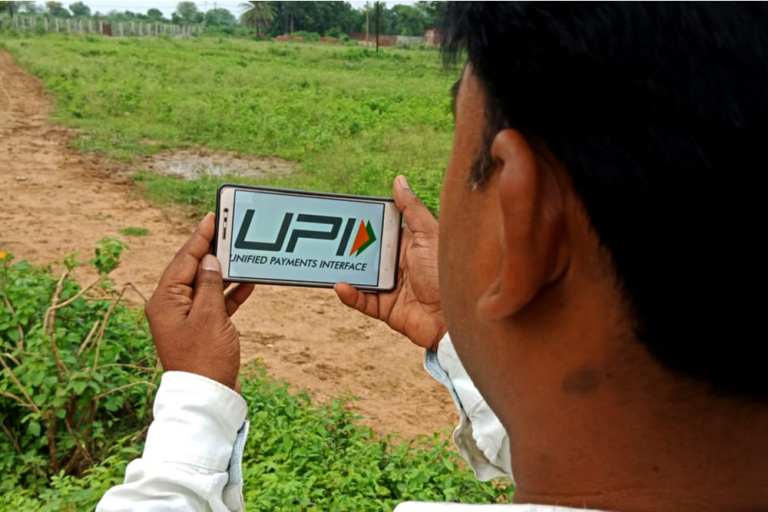Google Aims to Take UPI Payments Beyond India’s Borders

Google Pay is working to expand India’s popular mobile payment system beyond that country’s borders.
The tech giant has signed an agreement with the National Payment Corporation of India (NPCI) aimed at broadening the use of its United Payments Interface (UPI) for travelers outside of India, the two entities said Wednesday (Jan. 17).
In addition, Google and NPCI will work together to establish similar digital payment systems in other countries, and to use the UPI infrastructure to simplify remittances between countries.
“UPI has demonstrated to the world the step change that happens in economies with the introduction of interoperable, population scale digital infrastructure, and each economy that joins such networks will create impact beyond the sum of parts,” Deeksha Kaushal, director of partnerships for Google Pay, said in a news release.
According to the release, the project will help speed UPI’s acceptance around the world, giving merchants in other countries access to Indian consumers who won’t need to rely on foreign currency, credit cards or foreign exchange cards to make digital payments.
Instead, the companies said, these customers “will have the option of using UPI powered Apps from India including Google Pay.”
UPI launched in 2016, and as PYMNTS has written, people in India were already well-accustomed to making mobile payments when it arrived, with research showing that 55% of Indians use mobile wallets for retail purchases.
As covered here in August, the same percentage had used UPI to pay for their most recent digital purchase, while 37% used it for an in-store retail purchase.
“UPI is also the preferred payment method when purchasing retail products, as half of surveyed consumers identified UPI as their preference,” PYMNTS wrote in August.
Figures from NPCI show that there were 522 banks living on UPI in December of 2023, up from 382 a year earlier. The system handled 12 billion transactions last month, valued at $219 billion.
The announcement comes a little more than a year after the NPCI said it was expanding access to UPI to non-resident Indians in several countries, including Singapore, the U.K., Australia, Canada and the U.S.
“There has been customer demand in the ecosystem to enable UPI for their [non-resident] accounts …[to] experience the seamless and instant journey of UPI,” the NPCI said.
As PYMNTS wrote at the time, the expansion illustrates how “India is paving the path to payments interoperability — not just across providers, but across borders.”
“For payments to become truly ubiquitous — especially real-time remittances — countries’ payments schemes have to connect, streamlining the direct transfer of funds,” that report said.